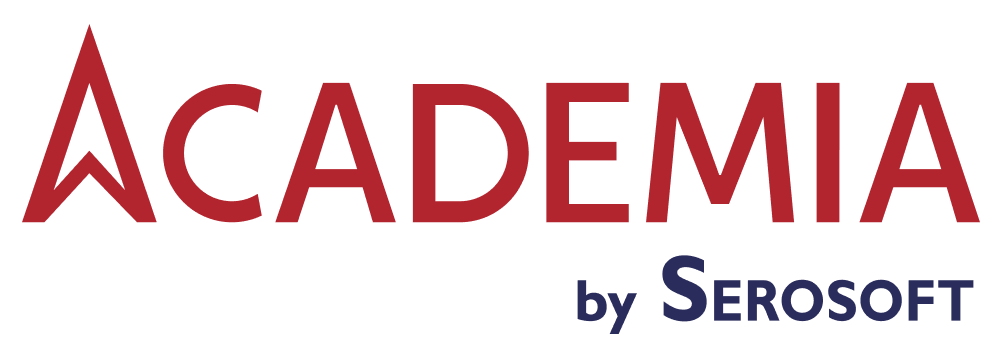60% of ERP projects fail, and 80% users are unhappy with their current ERP software
Source: https://www.erpfocus.com/ten-erp-failure-statistics.html
Yes! You read that right. This is what has been observed about ERP systems. Organizations adopt ERP systems to drive measurable outcomes. The fundamental idea behind developing ERP systems, a.k.a. Enterprise Resource Planning, is to simplify the complex routine operations that take place in an enterprise.
However, often ERP systems fail to fulfill the requirements and the exact purpose for which they have been designed and implemented.
Unquestionably, in today’s competitive landscape, ERP is a vital tool for organizations; the fact that it is “an expensive investment” also can’t be ignored.
That being the case, any organization implementing ERP would be severely hampered if its adopted software doesn’t deliver the expected results.
How would you feel when a ceiling fan, which has been designed with the sole purpose of comforting you with air, doesn’t perform the required action?
And, this incompetence of the software becomes a serious case of concern, especially when Education ERPs are implemented in higher education institutions.
Why Education ERP Failure Hits Higher Ed Institutions Hard-
Educational institutions operate differently from traditional businesses. They manage complex stakeholder relationships involving students, parents, faculty, administrators, and regulatory bodies. When an education ERP fails, the ripple effects extend far beyond:
- Cyber threats and data breaches continue to put critical student and staff information at risk.
- Lack of audit trails makes it difficult to trace misuse or suspicious activity.
- Manual intervention increases, defeating the purpose of automation.
- Data duplication and inconsistency across departments due to lack of integration.
- Delayed processes in admissions, examinations, attendance, and fee management.
- Frequent system downtimes disrupt academic and administrative workflows.
- An ERP system that fails to deliver desired results
- Loss of credibility among students, parents, and accrediting bodies.
The Top 10 Reasons Education ERPs Fail & How to Prevent
1. Inadequate Needs Assessment and Planning
The most common culprit behind ERP failures is rushing into implementation without thoroughly understanding institutional requirements. Many schools select systems based on features rather than fit.
The Solution:
Conduct comprehensive stakeholder interviews across all departments. Document current workflows, pain points, and specific requirements before evaluating any ERP solution. Create a detailed requirements matrix that prioritizes must-haves versus nice-to-haves.
2. Poor Change Management and User Resistance
Faculty and staff who have used legacy systems for years often resist new technology. When users aren’t properly prepared for change, even the best ERP systems fail to gain adoption.
The Solution:
Create a strong change management strategy that prioritizes early stakeholder involvement, transparent communication of benefits, and thorough training initiatives. Identify change champions within each department who can advocate for the new system.
3. Insufficient Data Migration Planning
Data is the lifeline of educational institutions. Decades of student records, financial data, and academic information have been stored in various formats. A poor data migration plan can corrupt historical records or create data inconsistencies– failing the ERP project.
The Solution:
Invest significant time in data auditing and cleansing before migration. Create detailed data mapping documents and conduct multiple test migrations. Data migration rehearsals can also be executed to ensure accuracy during actual data migration.
According to EDUCAUSE research, institutions that spend at least 30% of their project timeline on data preparation see 85% higher success rates.
4. Lack of Executive Leadership and Institutional Buy-in
ERP implementations require strong leadership commitment and institutional alignment. When senior administrators aren’t fully invested, projects lose momentum and resources.
The Solution:
Secure visible executive sponsorship from the beginning. Establish a steering committee with representatives from academic affairs, student services, finance, and IT. Educate everyone about their clear roles and responsibilities. Regular executive communications should reinforce the strategic importance of the project.
5. Unrealistic Timeline and Budget Expectations
Educational institutions often underestimate the complexity of ERP implementations, leading to compressed timelines and insufficient budgets for proper execution.
The Solution:
Research shows that successful education ERP implementations typically take 18-24 months and cost 20-30% more than initial estimates. Build realistic timelines with buffer periods and allocate contingency funds for unexpected challenges.
6. Vendor Selection Based Solely on Cost
While budget constraints are real, selecting the cheapest option often leads to long-term problems. The lowest-cost vendor may lack education-specific functionalities, adequate support capabilities, and industry expertise.
The Solution:
Evaluate vendors based on education sector experience, implementation methodology, ongoing support quality, and total cost of ownership rather than just upfront costs. Seek testimonials from peer institutions and evaluate the provider through a detailed review process.
7. Inadequate Training and Support
Even the most intuitive ERP systems require comprehensive training. Many implementations fail because users don’t receive adequate preparation or ongoing support.
Develop role-based training programs that address specific job functions. Create a mix of formal training sessions, self-paced online modules, and hands-on practice environments. Establish super-user networks for peer-to-peer support.
8. Over-Customization
Educational institutions often request extensive customizations to match existing processes, leading to complex, expensive implementations that are difficult to maintain and upgrade.
Embrace process reengineering opportunities. Challenge existing workflows and consider adopting industry best practices built into the ERP system. Limit customizations to truly essential requirements that provide significant institutional value.
9. Insufficient Testing and Quality Assurance
Rushing to go-live without adequate testing can result in system failures during critical periods like registration or grade reporting.
Implement a comprehensive testing strategy that includes unit testing, integration testing, user acceptance testing, and performance testing. Conduct pilot programs with small user groups before full deployment.
10. Lack of Post-Implementation Support and Optimization
Many institutions treat ERP go-live as the project end rather than the beginning of ongoing optimization and improvement.
Establish post-implementation support structures, including help desk capabilities, regular system health checks, and continuous improvement processes. Plan for regular system updates and feature enhancements.
Concluding Thoughts: Turning Potential Failure into Guaranteed Success
The difference between ERP success and failure often comes down to preparation, planning, and partnership. By understanding these common failure points and implementing proven prevention strategies, educational institutions can avoid the pitfalls that have derailed countless implementations.
Your institution doesn’t have to become another ERP failure statistic. With the right approach, your ERP implementation can become the foundation for educational excellence and operational efficiency.
Ready to ensure your ERP implementation succeeds?
Our education ERP/Student Information System consultants have helped hundreds of institutions navigate successful transformations.
Book a consultation today to discuss your specific requirements and develop a customized success strategy for your institution.






